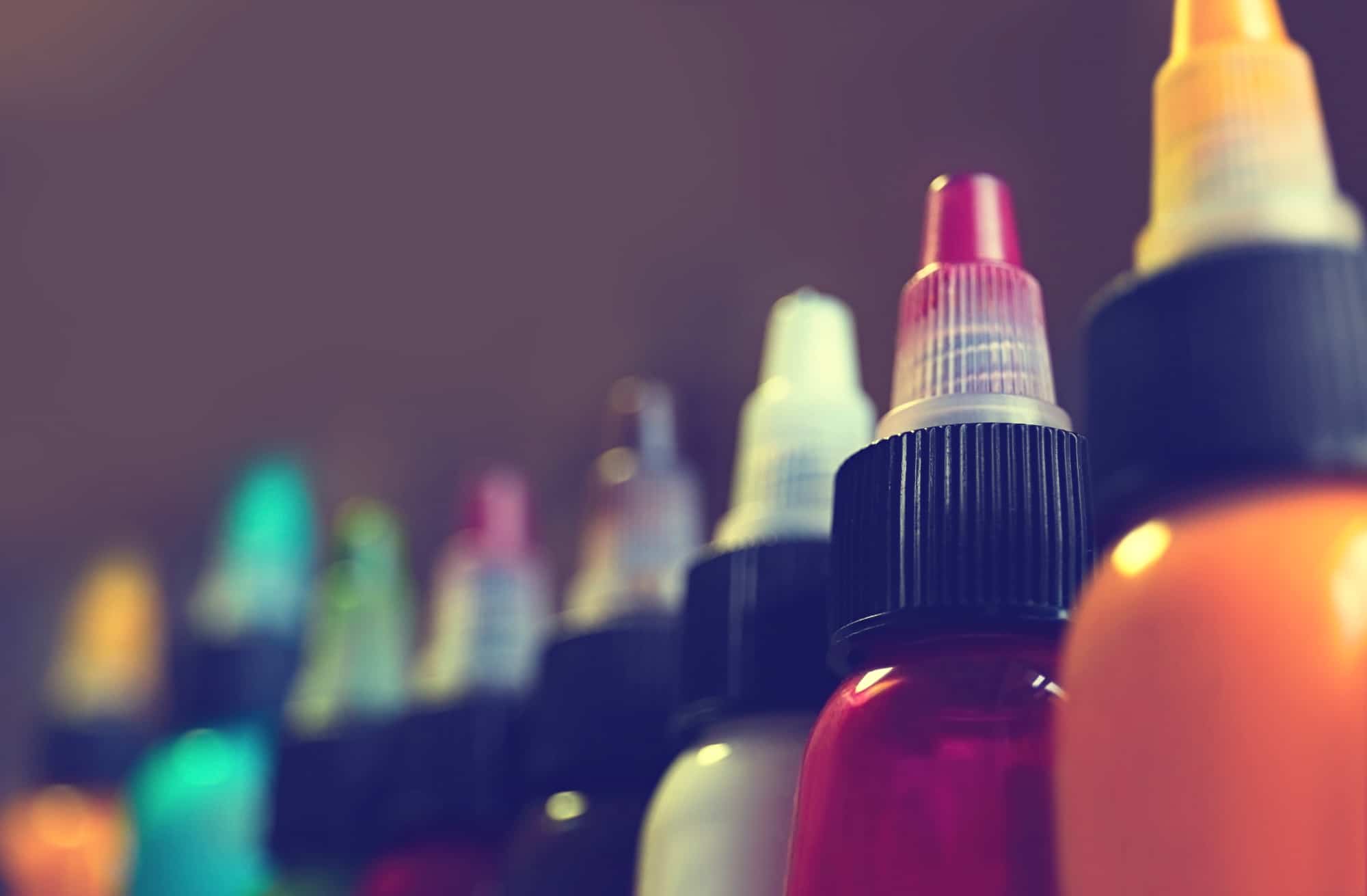|
Getting your Trinity Audio player ready...
|
Tattoos have long been a popular form of self-expression, but sometimes, the artwork we once cherished no longer holds the same significance or appeal. As a result, many individuals seek ways to remove their tattoos. While modern laser technology has made tattoo removal more accessible and effective, some colors pose more challenges than others. This article will explore which tattoo colors are the hardest to remove and why, providing valuable insights for those considering tattoo removal, especially in areas like Toronto.

The Science Behind Tattoo Removal
Before diving into the specifics of color challenges, it’s essential to understand how laser tattoo removal works. The process involves using a laser to break down the ink particles embedded in the skin. These lasers emit light at specific wavelengths, targeting the ink without damaging the surrounding skin. The body’s immune system then gradually flushes out the fragmented ink particles over time. Different colors absorb and reflect light in various ways, which is why some colors are more difficult to remove than others.
Why Some Colors Are Harder to Remove
The difficulty in removing certain tattoo colors primarily stems from the interaction between the ink pigments and the laser light. Each color has its own absorption spectrum, and the laser must match this spectrum to effectively break down the pigment. Let’s look at some of the most challenging colors to remove:
- Green
Green is notoriously one of the hardest colors to remove. This difficulty arises because green pigments often contain complex compounds that do not absorb the wavelengths emitted by standard tattoo removal lasers as effectively as other colors. Additionally, green ink can vary significantly in its composition, making it a challenging target for lasers. Special lasers, such as the Q-switched ruby or alexandrite lasers, may be more effective for targeting green inks, but multiple sessions are usually required.
- Blue
Blue ink, particularly lighter shades, can also pose significant challenges during removal. While darker blues are more responsive to laser treatment, lighter variants often require more sessions due to their lower absorption rate. The wavelength of the laser must be carefully selected to match the specific type of blue ink being treated, making it a time-consuming process.
- Yellow
Yellow is another color that is difficult to remove, primarily because it reflects a significant amount of light. This reflection means that the laser has trouble penetrating the pigment to break it down. Yellow often requires numerous sessions with specialized lasers to achieve satisfactory results, and even then, complete removal can be elusive.
- Purple
Purple ink removal can be complicated due to its composition, which often includes a blend of red and blue pigments. Since both red and blue have their own challenges, purple can be doubly difficult. Some lasers can target purple effectively, but it often requires a customized approach with multiple wavelengths.
- White
White ink is particularly troublesome because it can darken when exposed to laser light, a phenomenon known as oxidation. This reaction can make the tattoo appear more prominent rather than less. Consequently, many technicians may advise against attempting to remove white ink unless absolutely necessary.
The Role of Tattoo Age and Depth
In addition to color, the age and depth of the tattoo also influence removal difficulty. Older tattoos tend to fade over time, making them somewhat easier to remove. However, tattoos that are deeply embedded in the skin, regardless of age, can require more sessions. The skill and experience of the tattoo artist also play a role, as well-done tattoos might have more even ink distribution, affecting how the laser interacts with the pigment.
Choosing the Right Removal Clinic
For those seeking tattoo removal, especially in cities like Toronto, it’s crucial to choose a reputable clinic with experienced professionals. Toronto tattoo removal services often use advanced laser technology and are staffed by trained technicians who understand the complexities of removing different colors. A consultation will help you understand the expected number of sessions, potential side effects, and the likelihood of complete removal.
Preparing for and Recuperating After Treatment
Before starting the removal process, it’s important to follow pre-treatment guidelines provided by your clinic, such as avoiding sun exposure and moisturizing the area. After treatment, proper aftercare is essential to minimize side effects like scarring or infection. This includes keeping the area clean, applying prescribed ointments, and avoiding direct sunlight.
Conclusion
Tattoo removal is a nuanced process, particularly when it comes to dealing with difficult colors like green, blue, yellow, purple, and white. Understanding the challenges associated with these colors can help set realistic expectations for those considering removal. By choosing a reputable clinic and following proper aftercare procedures, individuals can improve their chances of successful tattoo removal, even when dealing with stubborn colors. As always, consulting with a professional is the best first step to ensure a safe and effective removal process.



